The 50 most important PC games of all time
They changed how we make games, how we play games, and they changed us.
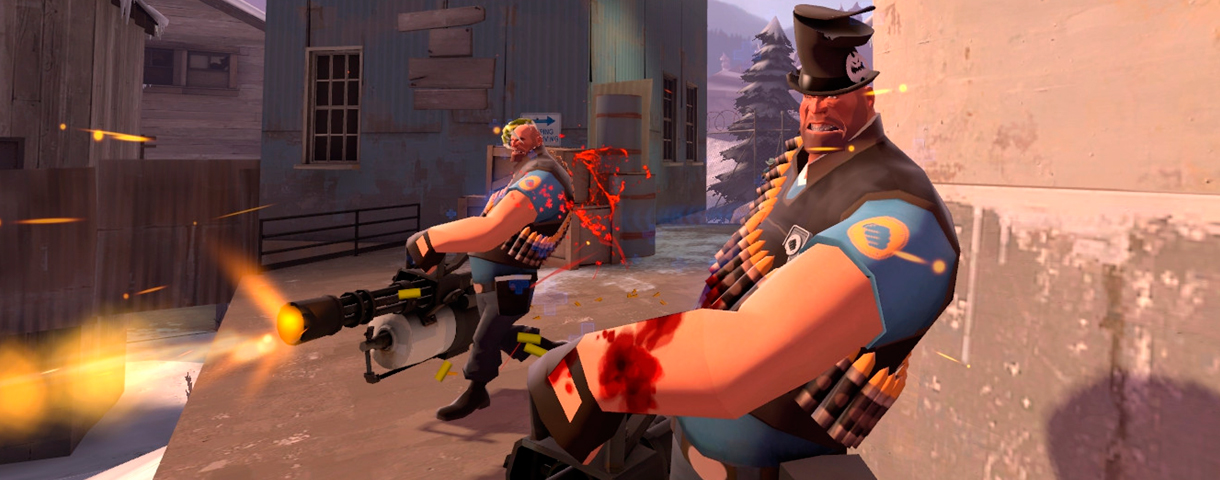
Team Fortress 2
Released: October 2007 | Developer: Valve
Why it's important: As well as being an amazing shooter full of personality, it demonstrated a way that free-to-play could be profitable without descending into pay-to-win horror—and maintain a thriving community for many years.
Pure mad science.
No FPS, and perhaps no game other than World of Warcraft, has endured such continuous experimentation and lived to be one of the most-played games on PC. What began as the multiplayer portion of The Orange Box quickly became an independent, ever-evolving organism: a body that’s now sustained 500 surgeries, including becoming free-to-play in 2011; the addition of a full-fledged item economy; sourcing a significant amount of TF2’s new content from the community; regular events that transform TF2 into, among other things, bumper cars or a film awards show; the addition of a cooperative horde mode called Mann vs. Machine; dozens of crossover promotions with other games.
Maybe most significant is Valve’s dissatisfaction with a stagnant meta. TF2’s nine characters have each been reinvented, inverted, and turned inside-out in their eight years. The Spy learned to fight in the open, face-to-face with enemies. The Engineer, who began as the static gun-babysitter upon which so many of the games’ other mechanics hinged, learned to literally pick up his gear and haul it across the map. Each time one of these major changes was introduced, the tight mechanical relationship between the classes changed too, and everyone else had to adjust the way they played.
TF2 is a guinea pig grafted to Frankenstein’s monster created on The Island of Dr. Moreau. Over eight years it’s become a creature that Valve exposes to new stimuli and learns from watching what happens in order to improve other games or aspects of Steam. CS:GO’s post-launch addition of item crates is one example of something originally grown in the TF2 petri dish.
TF2 is a guinea pig grafted to Frankenstein’s monster created on The Island of Dr. Moreau.
Typically, there’s a cost to all that tinkering, some unexpected side effects. Your hair falls out. You get a rash. TF2’s forced mutations probably would have killed weaker games. Depending on who you ask, an MMO going free-to-play is tantamount to defibrillation. If Gearbox had welded an item economy to Borderlands 2, added competitive modes, or handed off most of its development to community mapmakers and modders, what sort of unplayable mess would it have become?
Keep up to date with the most important stories and the best deals, as picked by the PC Gamer team.
TF2’s updates aren’t content patches, they're happenings in the Team Fortress 2 universe that inspire their own lore. The Administrator, Zepheniah Mann, Saxton Hale, Australium, Australian Christmas, the Bombinomicon, the towers of hats, the Scout's mom—this stuff isn't window dressing, it's the connective tissue that's kept TF2's identity solid as it's mutated continuously over eight years. Valve has been able to spin and contextualize wild changes to TF2—many of which were made so that Valve could learn something about player behavior—not as new versions but as new episodes in an ever-evolving Saturday morning cartoon.
More than anything, TF2 became a textbook for how to support and sustain a modern game. — Evan Lahti
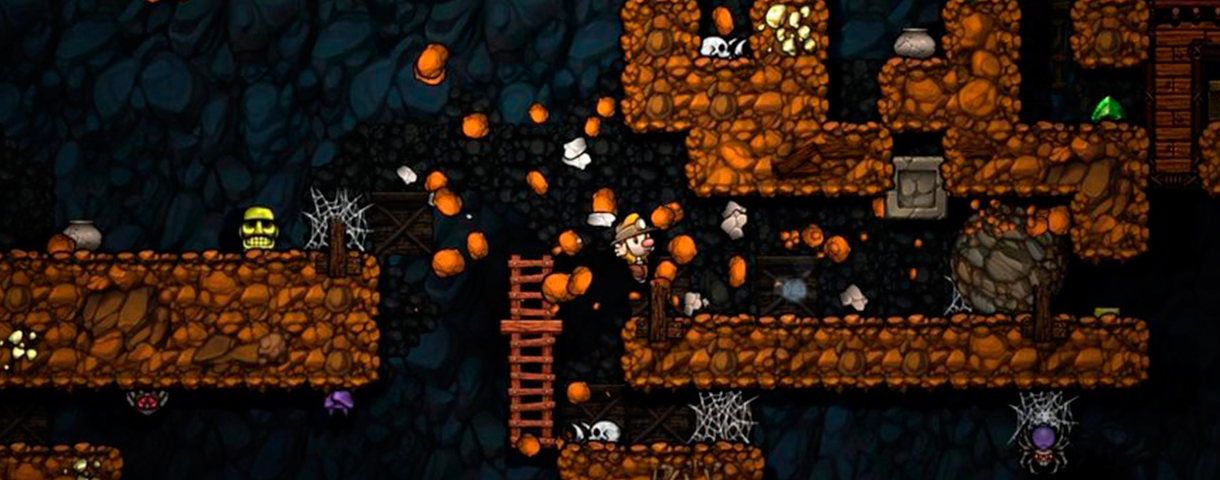
Spelunky (and Spelunky HD)
Released: December 2008, August 2013 | Developer: Mossmouth
Why it's important: As well as being one of the first games to establish Roguelikes as a thing, its use of Game Maker proved that you can make fantastic, totally respectable products in dedicated game making tools. They’ve come a hell of a long way since Klik and Play.
Spelunky is the reason I'm a developer. I already loved games enough to want to work on them, but until Spelunky I'd never seen a *simple* game become one of my all-time favourites purely through brilliant design. Its random level generation produced new puzzles, temptations and dilemmas out of thin air every time. And instead of being locked off behind some tough level I'm stumped on, those fresh situations are what I encounter when I die and restart. That takes all the frustration out of death, which in turn gives the game an excuse to be harder, which makes the challenges more engaging, which lets the random generation combine them in more fiendish ways.
It's a miraculous loop of game design cleverness, and it taught me that I might not need a job at a big studio to have my own chance at making something exciting. I just picked up the same tool Derek Yu used, followed his own tutorial for it, and got to work. Judging by the number of other games that have blended an accessible genre with the same elements of old-school roguelikes since, I don't think I'm the only one. — Tom Francis
———
In my humble opinion, Spelunky is a perfect video game. I can’t think of one single problem with it, and I’ve tried. People sometimes say to me, “Spelunky isn’t a good game,” and I get very angry. Sometimes it prompts me to wonder why they don’t like it, but I always arrive at the same answer: because they’re wrong.
I think Spelunky was the first game to really drive home the fact that independent developers are capable of making a masterpiece. That sounds unfair perhaps (and you know, Minecraft), but every single tiny detail in Spelunky is there for a reason. It’s a finely wrought machine, completely shorn of the fluff so prevalent in modern blockbuster development. I don’t think it’s important because it prompted the revival of the rogue-like (so many modern rogue-likes are just games with permadeath). I think it’s important because it proves that our beloved medium is capable of brilliance without bearing a multi-million dollar budget. — Shaun Prescott
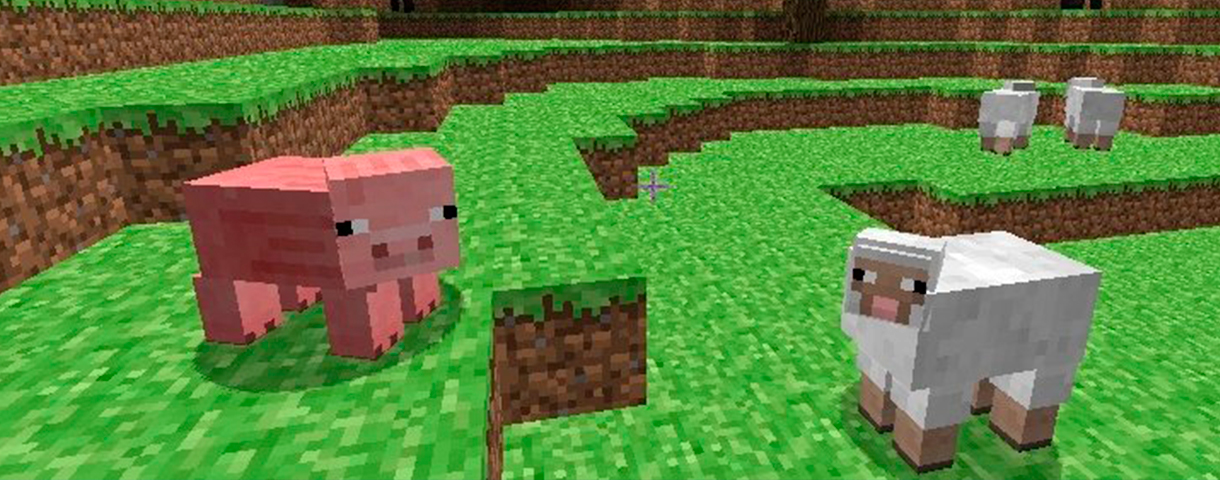
Minecraft
Released: May 2009 | Developer: Mojang
Why it's important: It’s this generation’s Lego, electronics set and pocket dimension all wrapped up into one. Microsoft didn’t pay $2.5 billion for it on a whim.
For years, as we saw game development time and budgets continue to grow, I espoused a theory that the production values were getting in the way of gameplay development, and maybe we should try to build out an entire game in the crudest possible form, and only then, when it is tons of fun on the merits of gameplay alone, go back and add the shock-and-awe media. Minecraft demonstrated that if the gameplay is good enough, you don’t even need to go back and make it pretty. In fact, I think it highlights that there is actually some tension between creativity and exquisite visuals. — John Carmack
———
Early Access and paid betas are so prevalent nowadays that it’s easy to forget how things were before Minecraft came along. Before the idea of selling an unfinished game could be trusted. Minecraft invented a payment model around itself, and then became so successful that the games industry had no choice but to get on board or get left behind. It showed the value of a developer updating its game with the community, and how that community can grow exponentially as a result. Minecraft started as a fun sandbox game and—with the help of Mojang, modders, and the players themselves—became something you can completely lose yourself in.
I couldn’t even begin to guess how many hours I’ve put into Minecraft over the years, and honestly it doesn’t matter how much I’ve played. We can marvel about the amazing machines the grown adults of the world have made, but the thing that I’m stunned by is how many kids are playing Minecraft right this very moment. It’s swinging the door to PC gaming wide open for the next generation. Videogames, something parents used to misunderstand and fear, are now beautifully and simply expressed through Minecraft, lowering the barrier of entry for children in less than tech-savvy families.
Whether or not you personally enjoy Minecraft, it has fundamentally changed what PC gaming is today. And with how many young people are learning about games, modding, and PC gaming through it, we’ve yet to see the full impact Minecraft will have on videogames as a whole. — Tom Marks
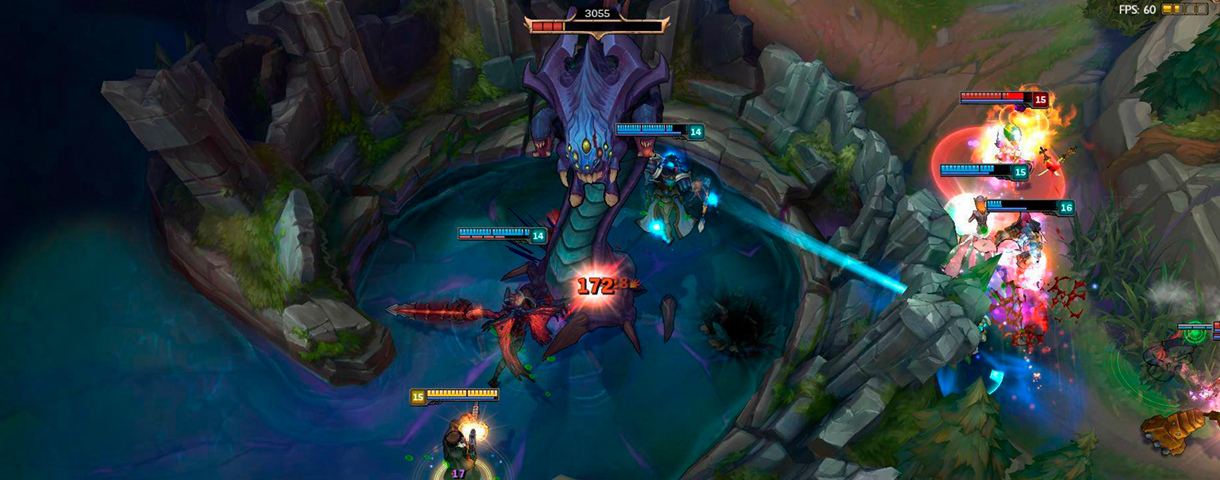
League of Legends
Released: October 2009 | Developer: Riot Games
Why it's important: As well as being the most played game in the world, it confirmed MOBAs and esports as forces to be reckoned with. Pity the poor RTS genre that was largely destroyed overnight.
In its heyday, World of Warcraft had 12 million subscribers. Minecraft has more than 70 million sales, 20 million of those on PC. At some point in 2015, League of Legends had 90 million active monthly players. That's somewhere in the vicinity of one percent of the world population. And if one out of 100 people have played the game, many of those other hundred have at least heard of it. The PC has never been a more vibrant, visible platform for gaming, and League of Legends deserves a big chunk of the credit.
On its way to becoming the most popular game in the world, League has helped create the modern esports boom and almost single-handedly changed the monetization model of the games industry (and certainly inspired thousands of F2P wannabes who got it very wrong). It's spawned even more copycats than Grand Theft Auto III. For millions, it's not that game you're playing right now—it's that game you're always playing, for months or years at a stretch. And that makes it a powerful social force. For all the toxicity in online communities like LoL's, there's also a comforting reassurance that your crew will probably log on, same time every day, for a match or two. Or three. Or five. It's not like they'll be playing anything else, anyway. — Wes Fenlon
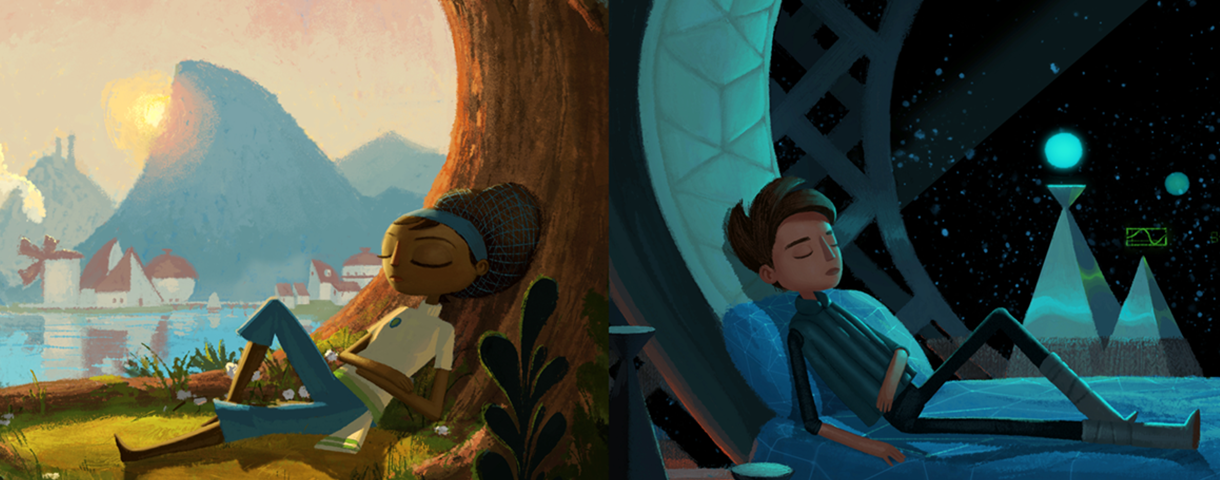
Broken Age
Released: January 2014 | Developer: Double Fine
Why it's important: Changed the way games could be financed in a flash, and over the next several years gave fans a more detailed look at the process and challenges of game development than ever before.
In the end, Broken Age was a beautiful point-and-click adventure, but by intention it was simplistic. It was meant to be a throwback to Tim Schafer's classic LucasArts games, with a modern polish on the more frustrating elements of the genre. None of its game design or technology was groundbreaking or influential. Culturally, it will never have the staying power of Monkey Island. But before it was Broken Age, when it was just Double Fine Adventure, it reinvented how games could be made. More importantly, it reinvented what games could be made. Double Fine's Kickstarter succeeded beyond their wildest imagination, proving crowdfunding could be a viable way to raise the money to make a real game with a real budget, and that fans, not publishers, could be the gatekeepers of what was possible.
There have been growing pains since then. Kickstarter projects have failed or disappeared. Most suffer delays as scope balloons or development challenges affect games. Backers underestimate how expensive it really is to make a good videogame. But even with those challenges, Broken Age helped show that a passionate fanbase could fund a game, and that talking to your fans could make a game better, too. The effect was so immense and immediate, it's hard to imagine a games industry without crowdfunding as an option. But that's the way it was until February 2012.
Even if Broken Age's Kickstarter hadn't single-handedly up-ended the business side of games, its stellar documentary would stand on its own as the most insightful look into the game development process ever recorded. It's a must-watch for anyone who cares about how games are made, and may well outlive Broken Age itself. — Wes Fenlon

Wes has been covering games and hardware for more than 10 years, first at tech sites like The Wirecutter and Tested before joining the PC Gamer team in 2014. Wes plays a little bit of everything, but he'll always jump at the chance to cover emulation and Japanese games.
When he's not obsessively optimizing and re-optimizing a tangle of conveyor belts in Satisfactory (it's really becoming a problem), he's probably playing a 20-year-old Final Fantasy or some opaque ASCII roguelike. With a focus on writing and editing features, he seeks out personal stories and in-depth histories from the corners of PC gaming and its niche communities. 50% pizza by volume (deep dish, to be specific).

